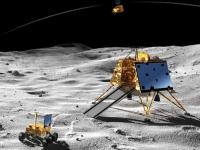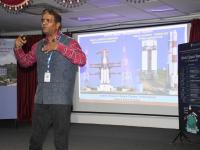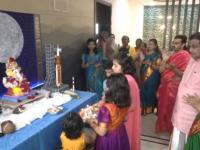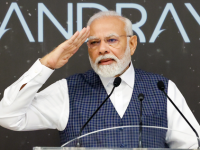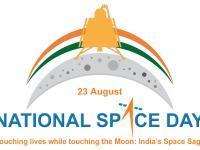‘15 minutes of terror’: What should happen in the final minutes of Chandrayaan-3 lander’s descent on the Moon
By Lokmat English Desk | Updated: August 22, 2023 16:42 IST2023-08-22T16:42:05+5:302023-08-22T16:42:05+5:30

The Vikram lander will attempt a soft landing on the surface of the moon in the evening, giving the country a tense "15 minutes of terror'.
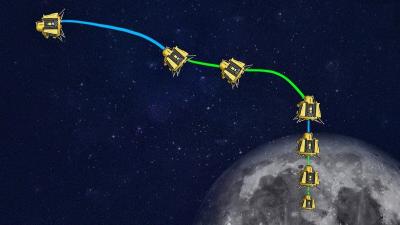
Chandrayaan-3 will land on August 23 at 6.04 pm. The Vikram lander is orbiting in a 25 km x 134 km orbit,now we have to go down from this 25 km height. Last time, Chandrayaan-2 suffered speed, software and engine failures. The last 15 minutes before Chandrayaan-3's Moon landing are known as the '15 minutes of terror
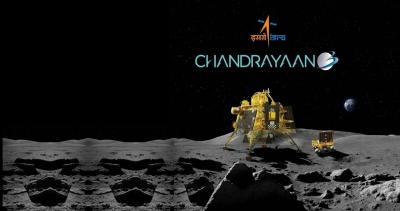
Chandrayaan-3 has been fitted with many types of sensors and cameras to avoid this mistake. The LHDAC camera is specially designed for the purpose of safely landing the Vikram lander on the lunar surface.
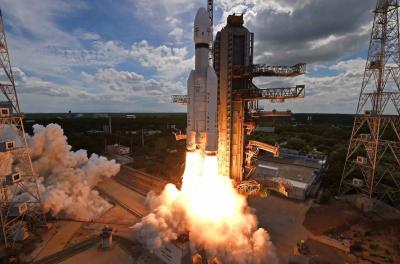
Along with this, some other payloads will help during landing - Lander Position Detection Camera (LPDC), Laser Altimeter (LASA), Laser Doppler Velocimeter (LDV) and Lander Horizontal Velocity Camera (LHVC) will work together so that the lander can be safely landed on the surface.
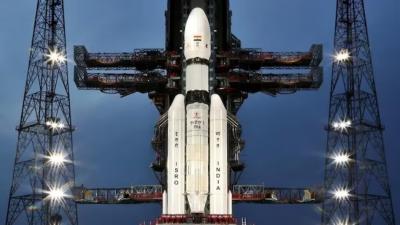
Two major changes have been made to Vikram Lander this time. The first is that it has a safety mode system. Which will save you from any kind of accident. For this, two onboard computers have been installed in Vikram, which will provide information about all types of danger.
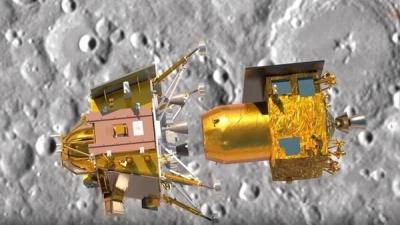
How will Chandrayaan-3 land? - The Vikram lander will begin its journey to the moon from an altitude of 25 km. It will take about 11.5 minutes to reach the next stage, i.e., it will reach a height of 7.4 km, at a speed of 358 meters per second.
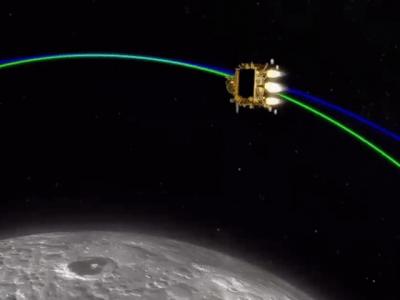
At an altitude of 6.8 km, the velocity decreases to 336 meters per second. The next stage will be 800 meters. At an altitude of 800 meters, the lander's sensors will beam a laser beam across the lunar surface to find a suitable landing spot. At a height of 150 m the speed of the lander will be 60 m per second.
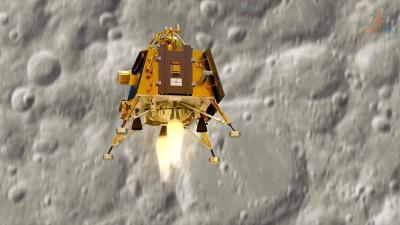
At a height of 60 m the speed of the lander will be 40 m per second. That is between 150 to 60 meters height. At an altitude of 10 meters the speed of the lander will be 10 meters per second, while descending on the lunar surface, i.e. for a soft landing, the speed of the lander will be 1.68 meters per second.
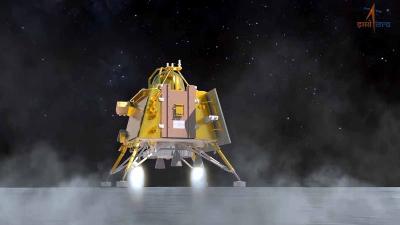
After this, the four payloads mounted on the Vikram lander will start working. This is RAMBHA. It will measure the density, quantity and variation of plasma particles from the Sun on the surface of the Moon. ChaSTE will measure the temperature of the Moon's surface.
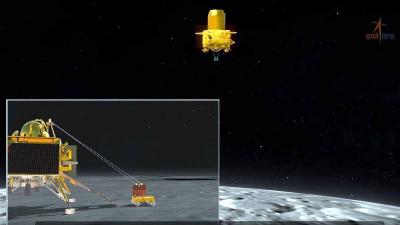
ISRO has adopted two means to establish contact with the lander of Chandrayaan-3. The first thing is that no orbiter was sent in Chandrayaan-3 this time, a propulsion module has been sent in its place.


















